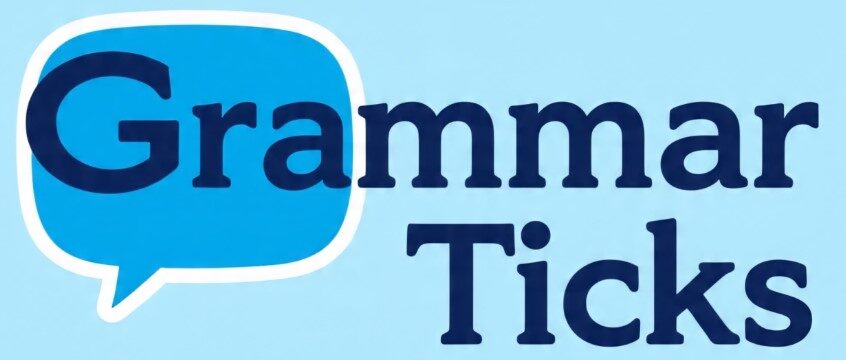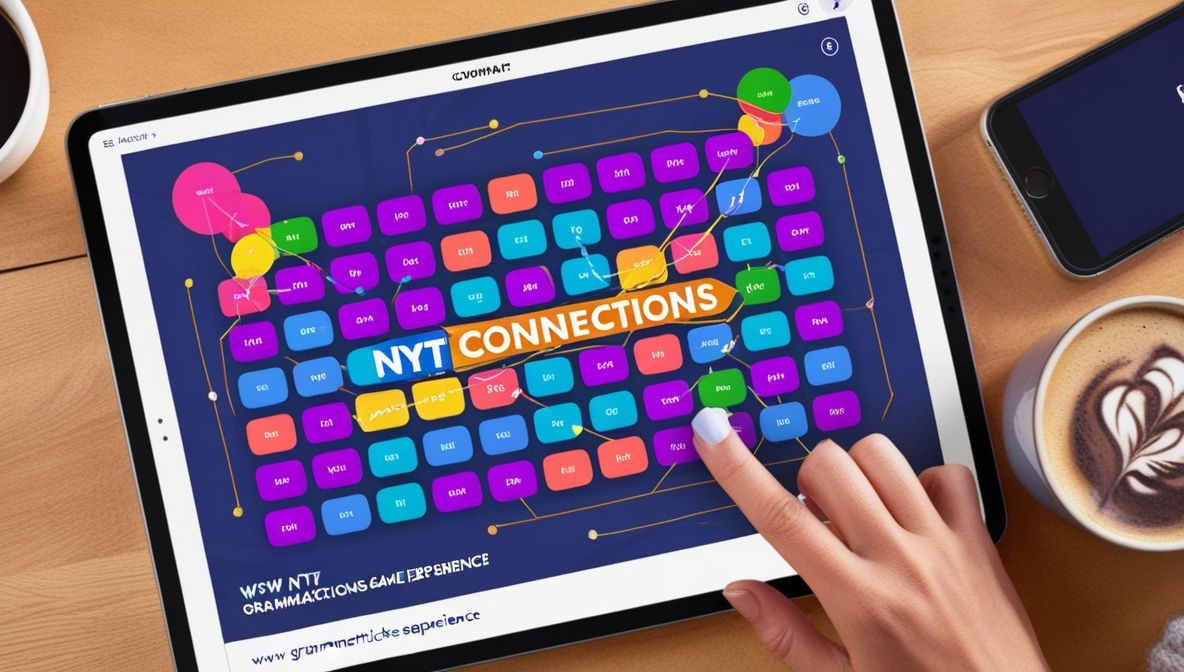If you’re one of the millions diving into NYT Connections each morning with coffee in hand, you’re already hooked on this addictive New York Times word game. The challenge? Identify common threads between words and group them into meaningful categories. While it sounds simple, this Connections game can turn even confident players into head-scratchers. This Falotani Guide explores the grammar behind these puzzles, shares examples of commonly confused words and tenses, and offers tips to solve Connections more efficiently.
Understanding the Grammar Puzzle in NYT Connections
NYT Games like Connections aren’t just about vocabulary. They test your grammatical instinct knowing how words work together in context. That’s where many players get tripped up.
Expect verbs, adjectives, and nouns that shift meaning based on tense, context, or even part of speech. Sometimes the trickiest Connections hints lie not in meaning but in grammar function.
Word Groupings That Confuse Even the Best
Every day, the Connections categories are built around subtle themes like synonyms, idioms, parts of speech, or cultural references. Understanding grammar often helps identify word groupings quicker.
Example Scenarios:
| Word | Possible Groupings | Grammar Note |
|---|---|---|
| Run | Verbs (Run, Jump, Skip) | Verb usage (action words) |
| Run | Nouns (Run, Game, Set) | Noun usage (a baseball run, a game) |
| Set | Verbs or Nouns | Over 430 meanings in English! |
| Bark | Nature (Tree) or Animal Sounds | Homonym confusion |
Tip: Pay attention to the part of speech the word commonly uses. In the Connections game, a word’s category often depends on whether it’s a verb, noun, or adjective in that scenario.
Confusing Verb Tenses in the Connections Game
Many players get stuck when verbs shift tenses. It helps to quickly recognize if a word is past tense, present participle, or irregular.
Common Verb Tense Confusions:
| Present | Past | Present Participle |
|---|---|---|
| Choose | Chose | Choosing |
| Lay | Laid | Laying |
| Lead | Led | Leading |
| Lie | Lay | Lying |
Scenario:
You see these four words: Lead, Led, Iron, Copper. Instinct says metals but wait! “Led” is a verb, not a metal. The odd one out may actually point to a grammar-based grouping.
Tip: When playing Connections today, consider grammar first before locking in Connections answers based purely on meaning.
Homophones and Homonyms That Sneak In
Sometimes, NYT Connections solutions play tricks using homophones (words that sound alike) or homonyms (words spelled the same but with different meanings). It’s a grammar trap disguised as a word association challenge.
Example Words:
- Bass (instrument vs. fish)
- Row (line vs. argument)
- Wind (breeze vs. turn)
- Minute (time vs. tiny)
Tip: When stuck, read the word out loud. It often helps you hear the double meaning that creates the clue.
Synonyms and Word Association Clues
The Connections puzzle clues often lean on synonyms. Knowing alternate words can make solving easier.
| Word | Synonyms |
|---|---|
| Happy | Joyful, Glad, Pleased, Cheerful |
| Fast | Quick, Rapid, Speedy |
| Begin | Start, Commence, Initiate |
| Smart | Intelligent, Clever, Bright |
Tip: Build your own synonym bank. Use tools like Power Thesaurus to expand your vocabulary.
Real World Tips to Solve Connections Like a Pro
Mastering this daily word puzzle requires more than luck. It’s about strategy, memory, and grammar awareness. Here’s how you level up:
- Group by part of speech first (verbs, nouns, etc.)
- Eliminate the obvious category first
- Look for theme clues like sports, music, or pop culture
- Use Mashable Connections hints or NYT Connections hints to get unstuck
- Don’t overthink the tough words go with your gut sometimes
Bonus: Think of NYT Strands, Wordle, and Crossword games. All are connected by a shared logic: word patterns and relationships.
What Makes the Connections Game So Addictive?
The real charm of NYT Connections lies in its balance: it’s both intellectual and intuitive. The satisfaction of spotting patterns, solving tricky puzzle clues, and beating the editor (shoutout to Puzzle editor Wyna Liu) is unmatched.
Unlike Sudoku or Mahjong, it isn’t just logic it’s language intuition, and that’s where grammar shines.
FAQs
How does grammar help in solving NYT Connections?
Grammar helps you identify parts of speech and understand subtle word functions.
What’s the hardest part of the Connections game?
Misleading meanings or homonyms can trip up even expert players.
Can I use hints to solve Connections faster?
Yes. Tools like Mashable Connections hints or checking Connections answers later help improve strategy.
Final Thoughts
At its core, the NYT puzzle solutions in Connections rely on language mastery not just vocabulary but grammar, tenses, and how words work together. This Falotani Guide bridges the gap between gameplay and grammar, offering you the edge needed to solve Connections daily with confidence.
Whether you’re playing on your phone during lunch or winding down at night, this mobile puzzle game will keep challenging your brain and now, your grammar skills too.

